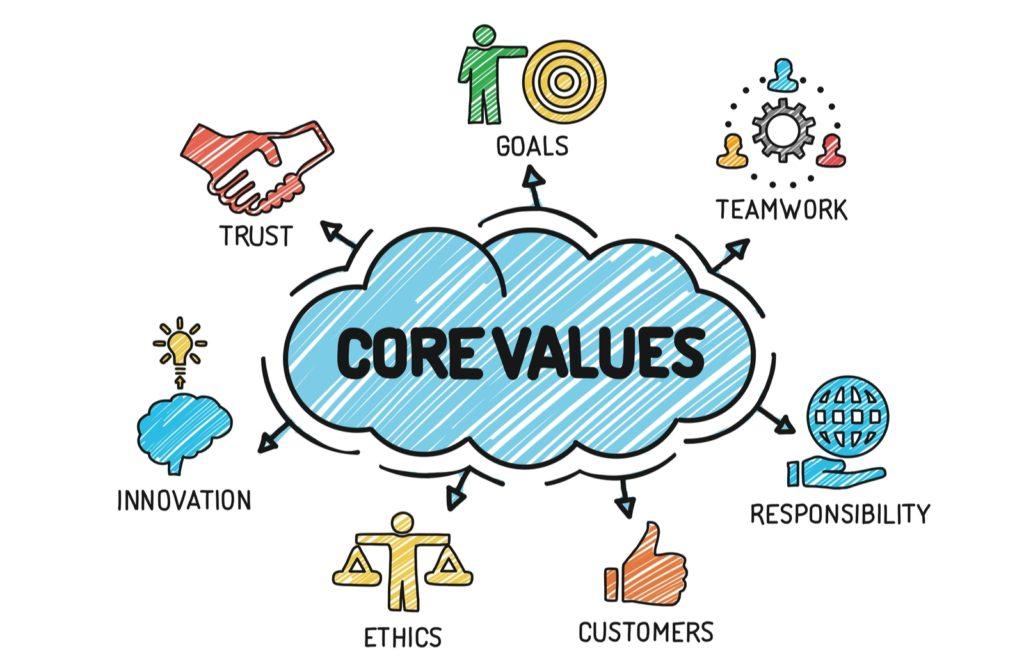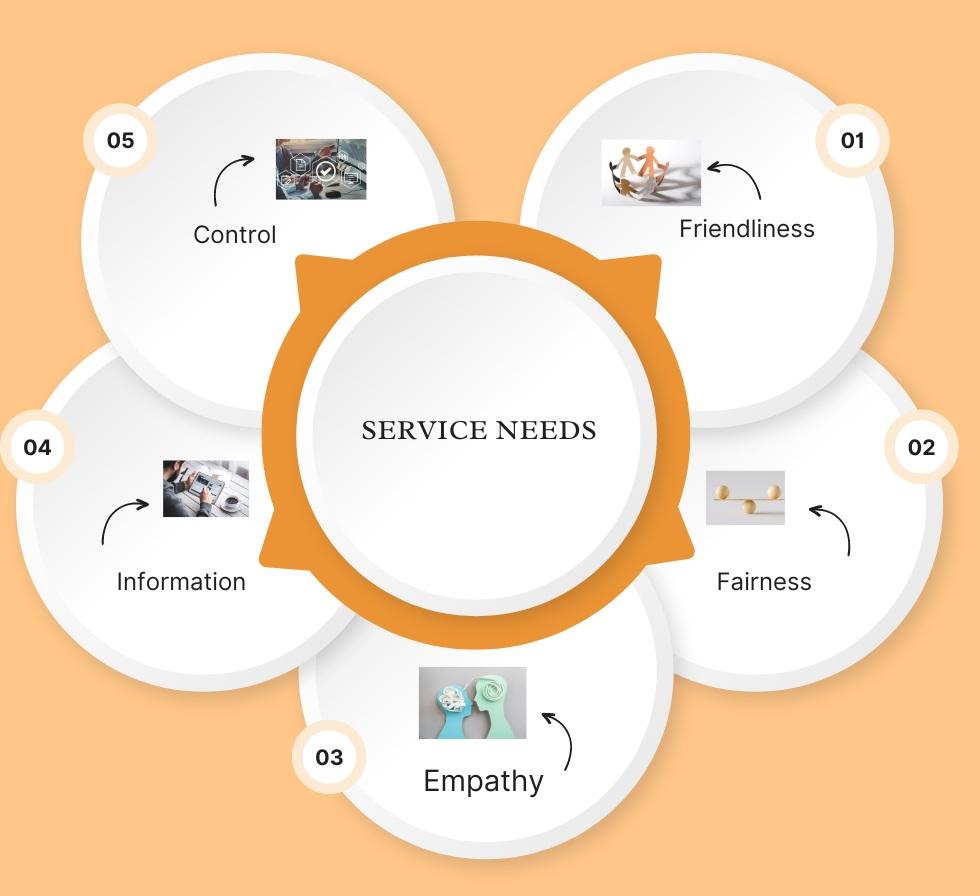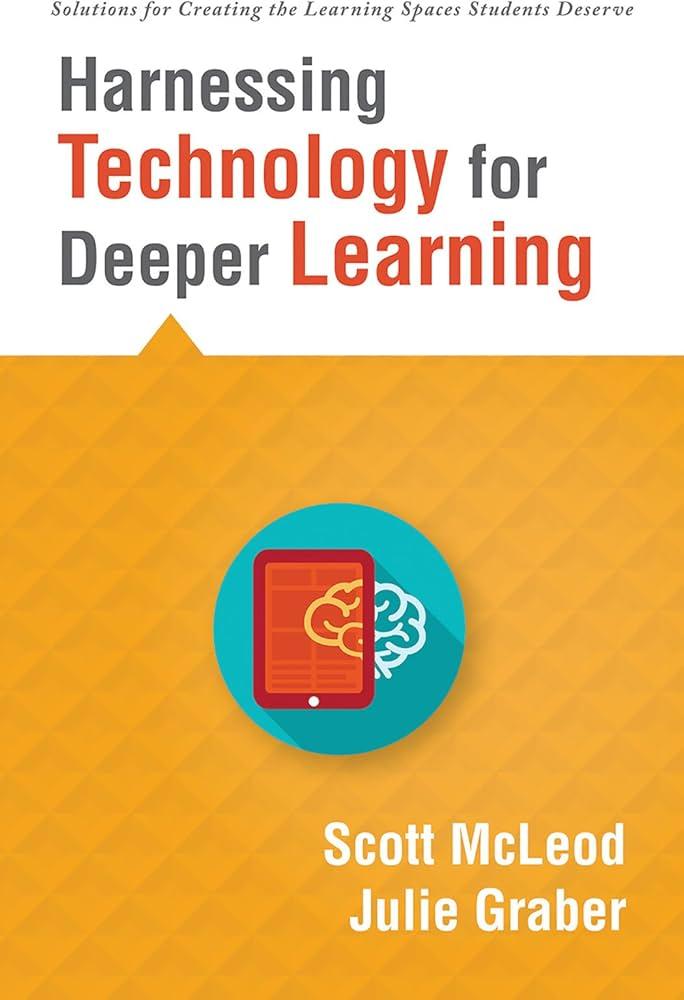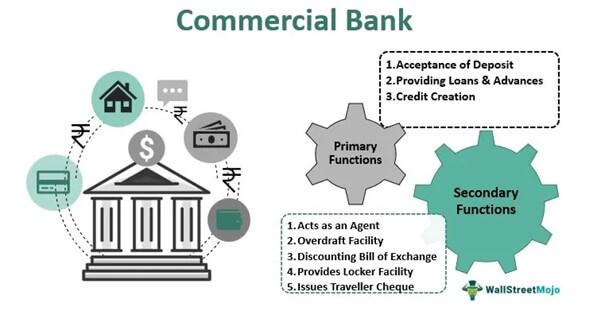In an era marked by rapid technological advancements and an ever-evolving financial landscape, the allure of innovation often overshadows the foundational principles that have long governed the banking sector. As commercial banks navigate the complexities of digital transformation, shifting consumer expectations, and the pressures of global competition, the call to return to basics has never been more pertinent. This article explores the fundamental tenets that underpin successful banking operations and argues for a balanced approach that marries modern innovation with time-tested principles. In doing so, we unveil how a recommitment to these core values can not only enhance customer trust and satisfaction but also pave the way for sustainable growth in an increasingly unpredictable world. Join us as we delve into the essential truths of banking, reminding us that in the pursuit of progress, sometimes the simplest solutions yield the most profound results.
Reviving Core Values: The Essential Foundation for Competitive Banking
In a rapidly changing financial landscape, commercial banks risk losing their competitive edge if they neglect the essential principles that have long governed successful operations. Customer trust, transparency, and financial prudence form the bedrock of robust banking identity. By prioritizing these core values, banks can foster long-term relationships with their clients, ensuring loyalty even in tougher times. Emphasizing ethical practices not only resonates well with consumers but also mitigates operational risks and enhances regulatory compliance, creating a ripple effect that strengthens the institution’s reputation and resilience.
Moreover, a focus on fundamentals aids in refining operational efficiency and risk management strategies. Banks should reassess their processes to streamline service offerings while ensuring that risk assessment frameworks are robust and proactive. For instance, integrating technology with traditional banking practices can lead to improved customer service, data reliability, and strategic decision-making. This symbiosis between innovation and foundational values could ultimately position banks to not only weather economic fluctuations but thrive by aligning their mission with the evolving expectations of their clientele.

Understanding Customer Needs: Crafting Tailored Solutions for a Diverse Clientele
In today’s competitive banking landscape, understanding customer needs has transcended beyond mere transactional relations. Financial institutions must investigate the nuances of their diverse clientele to craft tailored solutions that resonate with individual aspirations and requirements. By implementing advanced data analytics and customer feedback mechanisms, banks can identify implicit desires that often go unnoticed. This proactive approach can lead to a host of benefits, including:
- Personalized Services: Offering products that are customized to fit the unique profiles of clients.
- Enhanced Customer Loyalty: Building trust through reliable and relevant financial solutions.
- Improved Customer Experience: Ensuring every touchpoint adds value to the client’s journey.
A practical strategy for engaging a varied client base is to categorize services based on demographic and psychographic criteria. This enables institutions to not only cater to the essential banking needs of young professionals but also address the retirement planning concerns of older clients. Incorporating feedback through surveys and interaction analytics can provide further insight into client behavior. A look at potential service offerings demonstrates this categorization:
| Client Segment | Key Services |
|---|---|
| Millennials | Digital Banking, Investment Tracking Apps |
| Families | Education Savings Plans, Life Insurance |
| Retirees | Pension Management, Wealth Preservation Strategies |

Harnessing Technology: Balancing Innovation with Traditional Banking Practices
The rapid advancement of technology presents both opportunities and challenges for commercial banks striving to remain competitive in an increasingly digital landscape. Embracing innovative solutions such as artificial intelligence, blockchain, and mobile banking can enhance efficiency and customer experience. However, it is essential to ensure that these technologies complement, rather than overshadow, traditional banking practices. By integrating automation while still fostering in-person interactions and personal relationships, banks can create a balanced approach that meets the diverse needs of their customers.
In crafting a strategy that harmonizes technological advancements with foundational banking principles, several key elements should be considered:
- Customer Trust: Building and maintaining trust through transparency in digital transactions.
- Security Measures: Prioritizing robust cybersecurity frameworks to protect sensitive financial data.
- Employee Training: Investing in continual education for staff to adapt to new technologies while upholding core service values.
- Personalization: Utilizing data analytics to tailor services and products to individual client needs.
| Aspect | Traditional Banking | Innovative Approaches |
|---|---|---|
| Customer Interaction | In-person meetings | Virtual consultations |
| Transaction Methods | Cash and checks | Digital wallets and cryptocurrencies |
| Feedback Mechanism | Surveys and polls | Real-time data analysis |

Sustainability and Ethics: Building a Responsible Banking Framework for the Future
In an era where social consciousness is at the forefront of consumer behavior, commercial banks are called to reassess their operational paradigms by integrating sustainability and ethics into their business models. This movement demands that financial institutions prioritize responsible lending practices, transparency, and environmental stewardship. By committing to ethical financing initiatives, banks can contribute to the global shift towards sustainable development, aligning their profits with positive societal impacts. Key actions include:
- Investing in green projects that enhance eco-friendly practices.
- Enhancing transparency through clear communication on funding sources and project impacts.
- Implementing rigorous due diligence to ensure compliance with ethical standards.
The future of responsible banking also relies on building robust frameworks that address social inequities and environmental interventions. It is crucial for banks to leverage their influence to promote financial literacy, empowering underserved communities to become proactive participants in the economy. Formulating partnerships with NGOs and public institutions can further amplify their impact. Below is a snapshot of how commercial banks can contribute meaningfully:
| Action | Impact |
|---|---|
| Community Investment | Enhances local economies |
| Green Financing | Supports renewable projects |
| Affordable Housing Loans | Addresses housing crises |
Wrapping Up
In a rapidly evolving financial landscape, where fintech innovations and digital disruptions often steal the spotlight, the importance of returning to the fundamentals cannot be overstated. Commercial banks stand at a pivotal crossroads, where embracing the core principles of transparency, customer service, and responsible lending can help them not only survive but thrive in the future. As they navigate the complexities of modern banking, it is essential for institutions to remember that the bedrock of trust and reliability remains the foundation upon which their long-term success is built. By fine-tuning their focus towards these fundamental tenets, banks can rekindle the customer relationships that foster loyalty and position themselves as steadfast allies in an ever-changing economic environment. It is through this intentional back-to-basics approach that commercial banks can carve out a sustainable path forward, ensuring they remain relevant and responsive to the needs of their clients in the years to come.
